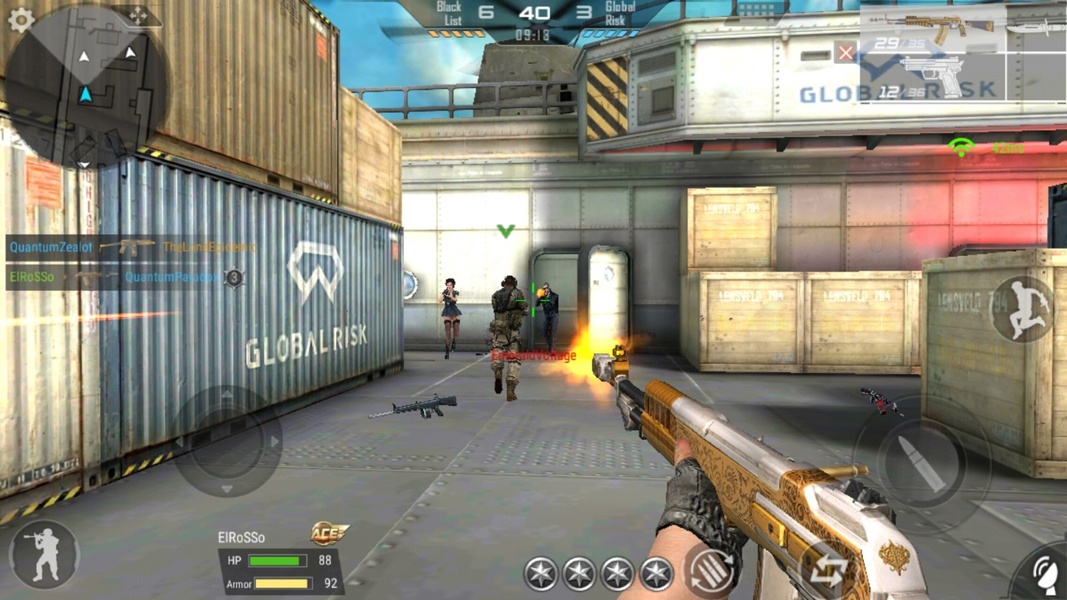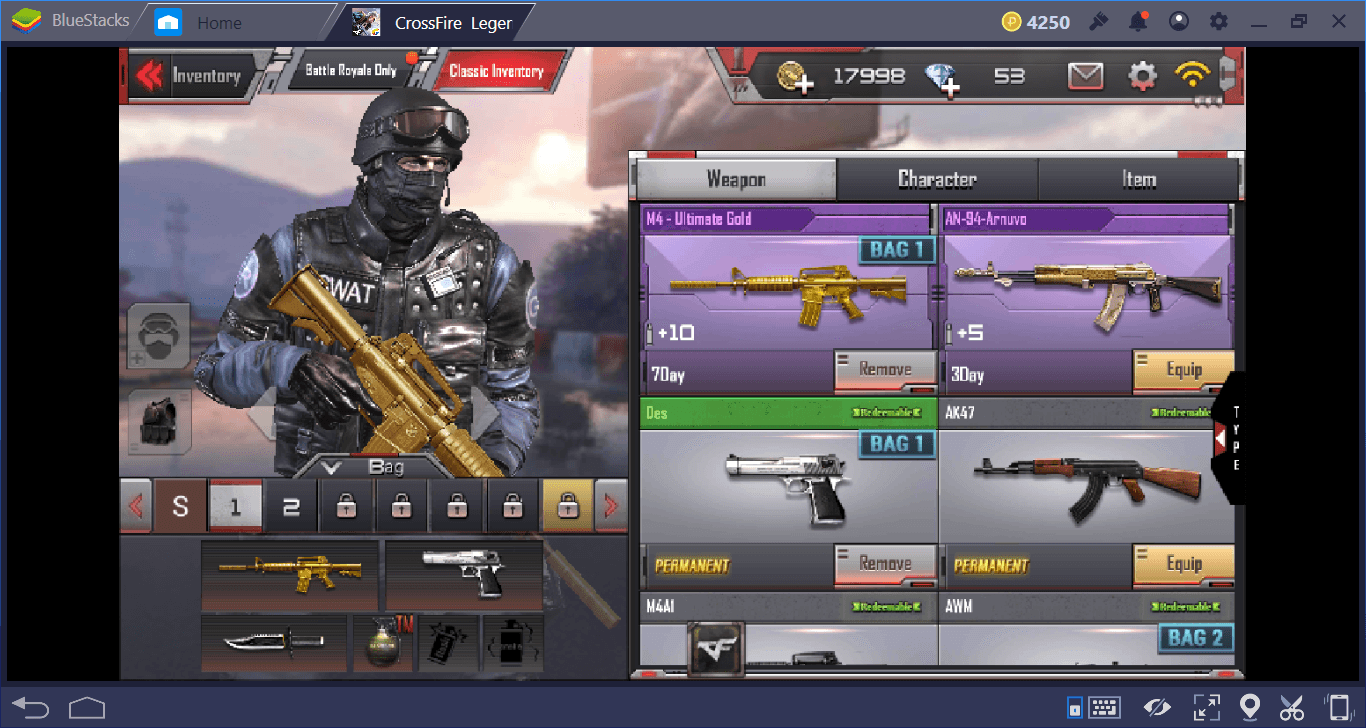Half-Life and Crossfire are related through the iconic first-person shooter (FPS) game developed by Valve Corporation, with "Crossfire" being one of the most famous multiplayer maps in Half-Life's Deathmatch mode. Below, I’ll provide an overview of both the Half-Life game and the Crossfire map, drawing from relevant information and addressing their significance.
Half-Life
Half-Life, released on November 19, 1998, for PC, is a landmark FPS game developed by Valve. It follows Gordon Freeman, a physicist at the Black Mesa Research Facility, where a failed experiment opens a portal to the alien world of Xen, unleashing hostile creatures. The game is celebrated for its immersive storytelling, seamless integration of narrative and gameplay, and innovative physics-based mechanics, setting a new standard for FPS titles. It won over 50 Game of the Year awards and has a 96% positive review rating on Steam from over 106,000 user reviews. The game features a single-player campaign and a multiplayer mode, with the latter including various maps like Crossfire. It also spawned expansions like Opposing Force and Blue Shift, and inspired mods such as Counter-Strike.
Crossfire (Multiplayer Map)
Crossfire is a multiplayer map in Half-Life’s Deathmatch mode, added in patch 1.0.0.8 on January 13, 1999, and later updated for Half-Life: Opposing Force and Half-Life Deathmatch: Source. Designed by Dario Casali, it’s one of the most popular and iconic maps in the game, often compared to Counter-Strike’s Dust 2 for its enduring popularity and balanced design. Key features include:
- Layout and Gameplay: Crossfire consists of two main areas—a building complex with a courtyard and a "Satellite Operations" bunker near a double helipad, connected by passageways and an underground tunnel. The map emphasizes vertical play in the courtyard and level combat around the bunker. Its hallmark is an airstrike button in the bunker that triggers a devastating attack, killing players caught outside, adding a strategic element to matches. The map is designed for large groups, encouraging teamplay, with features like guard tower cannons and a secret room containing a crossbow, medkits, and batteries.
- Popularity and Legacy: Crossfire is widely regarded as the most played Half-Life Deathmatch map, with dedicated servers still running it due to its chaotic yet balanced gameplay. Fans on platforms like Reddit praise its design for being neither too large nor too small, with the bunker’s airstrike mechanic and weapon placement (e.g., Tau Cannon for quick kills) adding to its appeal. It’s considered a classic for its fast-paced action and exploitability, such as using the Tau Cannon to propel across the map.
- Updates and Variants: The map was updated for Half-Life Deathmatch: Source with Source engine enhancements like improved lighting, a 3D skybox, breakable glass, and new cosmetic details. It also inspired a sequel map, DoubleCross, and influenced Half-Life 2: Deathmatch’s Run Off. Community mods, such as Half-Life: Crossfire and Cross Product Multiplayer, have further expanded its legacy with new gamemodes and weapons.
- Cultural Impact: Crossfire’s popularity stems from its nostalgic value and chaotic fun, with players recalling moments like dodging airstrikes or gibbing opponents. Its enduring presence is evident in active servers and community discussions, with some players noting it as the only map still widely played in Half-Life Deathmatch.
Clarification on Crossfire
There’s also a separate game called CrossFire, a free-to-play online FPS developed by Smilegate, released in 2007, focusing on tactical multiplayer combat. However, based on your query and the context, you’re likely referring to the Half-Life map Crossfire, not this unrelated game. If you meant Smilegate’s CrossFire, please clarify, and I can provide details on that game instead.
Additional Notes
- Half-Life: Crossfire Mod: There’s a single-player mod for Half-Life called Half-Life: Crossfire, where players control Sgt. Jordan Foster during the Black Mesa incident, protecting Dr. Cross. It uses the Xash3D engine and adds new NPCs and level updates, but it’s distinct from the multiplayer map.
- Community Engagement: Crossfire remains a fan favorite, with guides offering tips like constant movement and headshot aiming to excel in its chaotic environment. It’s still played on servers tracked by sites like GameTracker, showing an active, albeit niche, community.



.jpg)



